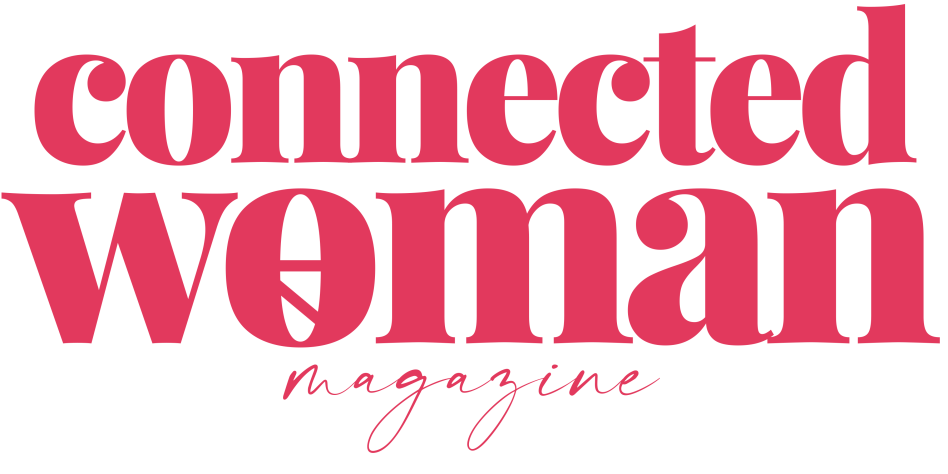Writing a Woman’s Life or Biography
Writing a Woman’s Life or Biography
By Linda K Murdock
Reading about women authors via their biographies or through comments made by them is often more revealing than their books. Carolyn Heilbrun in her book Writing a Woman’s Life (more like a dissertation in its early chapters) states that to really know a female author well enough to write her biography, you must go beyond the dissection of her fictional works and get to know her from her correspondence with friends and peers. This is especially true for women authors before 1970, since Heilbrun considers that year “the beginning of a new period in women’s biography” and 1973 as the turning point for “modern women’s autobiography.” Nancy Milford’s Zelda is the biography and May Sarton’s Journal of a Solitude is the “watershed in women’s autobiography.”
The author makes a strong case about famous women writers, such as Louisa May Alcott, the Bronte sisters and Jane Austen, having to tow the line of acceptable society prior to that time. The success of many of these women (George Sand, George Eliot) was often made possible by using a pseudonym and by conforming their female characters to the reigning conventions. Thus, most female writers before 1973 were coerced into depicting their sex as wives and mothers and doing it as a matter of course, because there were no other avenues open to them other than to drive their characters to the brink of insanity. By pursuing the author outside of her writings, a biographer may retrace the chronological details of the author’s developing emancipation.
The book becomes more interesting in its last forty pages, when the author discusses the marriage relationship and suggests that for marriage to succeed, the two individuals must have a friendship beyond the initial passion that attracted them. They must be flexible and respectful of each other’s changing and unearthing of self. This discovery of self happens much later for women, who tend to postpone their own desires in order to carry on in the role of wife, mother and, as seen in the last few decades, as partial providers, as well.
The end of Writing a Woman’s Life discusses how women seek their “quest” in life. Heilbrun uses herself as an example. She put off writing her detective series to avoid the censure of the academic community. She was the first tenured female professor at a major ivy league school. Had she written the series under her own name instead of Amanda Cross, she would never have gotten tenure. And even with the pseudonym, she chose a woman detective, who was wealthy, married and beautiful. Through the series she “set out on a quest (the male plot), she became a knight (the male role), she rescued a (male) princess.” The secrecy of her mystery series allowed her some control of her destiny and allowed her to do things she could not in her professional life. In essence it let her recreate herself.
One of the more profound statements in Writing a Woman’s Life comes toward the end of the book. “Most of us women, I think, transform our need to be loved into a need to love, expecting, therefore, of men and of children, more than they, caught in their own lives, can give us.” When women have power (money) and room of their own, they will create a quest story to replace the old marriage plot.
And age is often the incentive that pushes a woman from fearing or hiding into trying and doing important things. For those who fear the loss of looks and whose hourglass figure has more and more sand collecting at the bottom, the author states, “For a woman to grow fat in middle age is to dissociate her personhood from her feminine appeal.” An Isak Dinesen character states, “Women, when they are old enough to have done with the business of being women, and can let loose their strength, must be the most powerful creatures in the world.” Aging can be freeing and makes one think of the possibilities.
Copyright 2015 by Linda K Murdock. Linda Murdock is the author of 4 books, including the bestselling cookbook, A Busy Cook’s Guide to Spices. She has her own blog, where she talks about writing, spices, Colorado crafters, and does an occasional book review. Read more at http://www.lindakmurdock.com/blog
Article Source: http://EzineArticles.com/?expert=Linda_K_Murdock
http://EzineArticles.com/?Writing-a-Womans-Life-or-Biography&id=9108512
